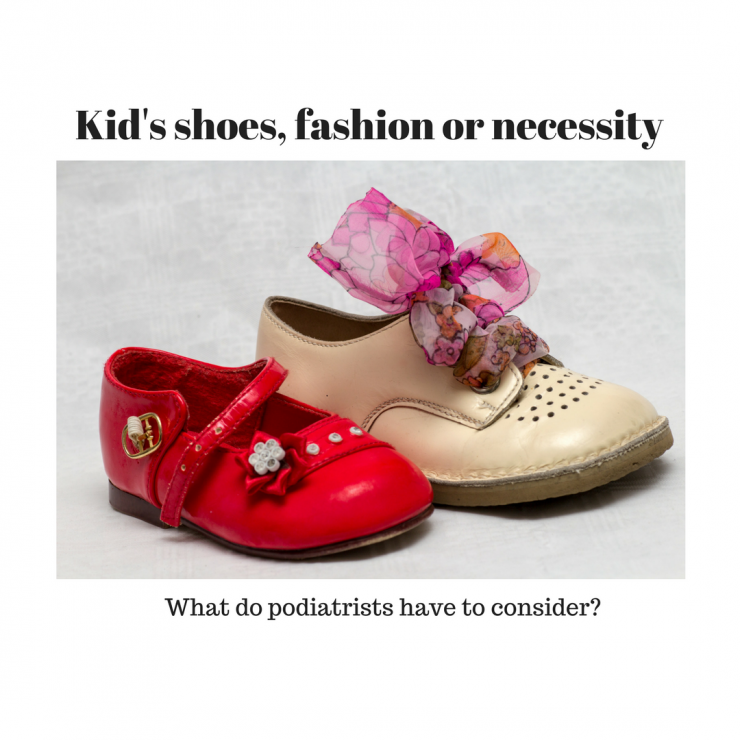Blog

Nov 16, 2019, 10:15 PM
After a few twin appointments this year, a mum told me how smooth it ran for her. I wasn't sure why and so thought I'd write down what happened. Checked with a few twin mums that these are really what help during a busy consult and they say - YES!!!

Aug 11, 2018, 4:52 PM
So barefoot for kids is being pushed and shoes are made to look evil. This is our take on it all.

Apr 25, 2018, 9:20 AM
There is nothing better than collaboration of the minds. Here some of the stuff we've been up to.

Feb 24, 2018, 8:31 AM
One of the most common questions we are asked as podiatrists is in relation to kids ‘footwear. “When should my child wear shoes?” and “should they be wearing a supportive shoe or a soft shoe?”

Jan 18, 2018, 9:05 PM
With back to school often comes offers of podiatry screening. This is a partially copied blog from the Kingston Foot Clinic on their thoughts about podiatry screening.

Oct 17, 2017, 9:50 PM
Heel pain in children is reported as one of the most common presenting foot related concerns to health professionals.
We are often quick to jump to calcaneal apophysitis (Sever’s Disease*) and or Achilles tendinopathy when presenting with kids who have heel pain. Don’t forget though, there’s so much more to this keystone area of the foot.

Aug 27, 2017, 6:47 PM
While I only got to stay until lunch time, there were pearls of wisdom that really applied to our #orthomonth at Children’s Podiatry.

Aug 13, 2017, 8:38 AM
A blog by Antoni Caserta.
Children fall; they twist their ankles all the time, but do you refer for imaging? If you do, are the xrays generally negative for fracture, and ultrasounds negative for soft tissue damage? What happens when the child is still limping, the ankle looks like a balloon and they screams when you go anywhere near the joint line?

Jun 18, 2017, 9:54 AM
Just like adults, kids have different pain thresholds because they also respond based on learned experience and how everyone around them responds when they hurt themselves. These experiences and responses gives them a pain calibration and one of the reasons you see mums and dads giving a sore knee a rub and a kiss and encouraging the child to run back to play. As a health practitioner, you need to work within this framework of learned response.

Apr 22, 2017, 9:56 AM
Part 1 - Taking a pain history
We have all experienced pain as adults. It is different for kids. When they see you and are in pain, it actually may be the first time or the most pain they have experienced.
